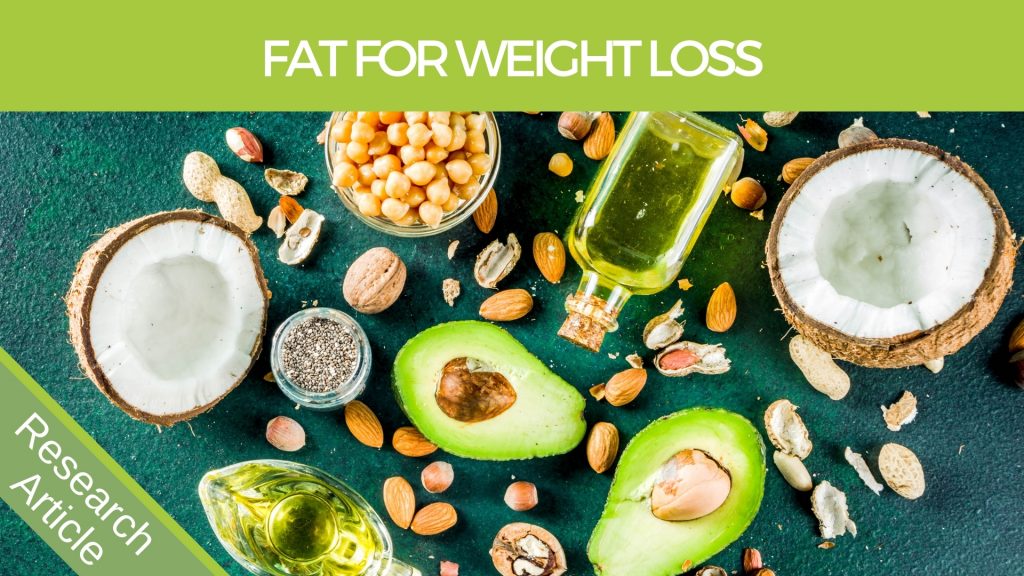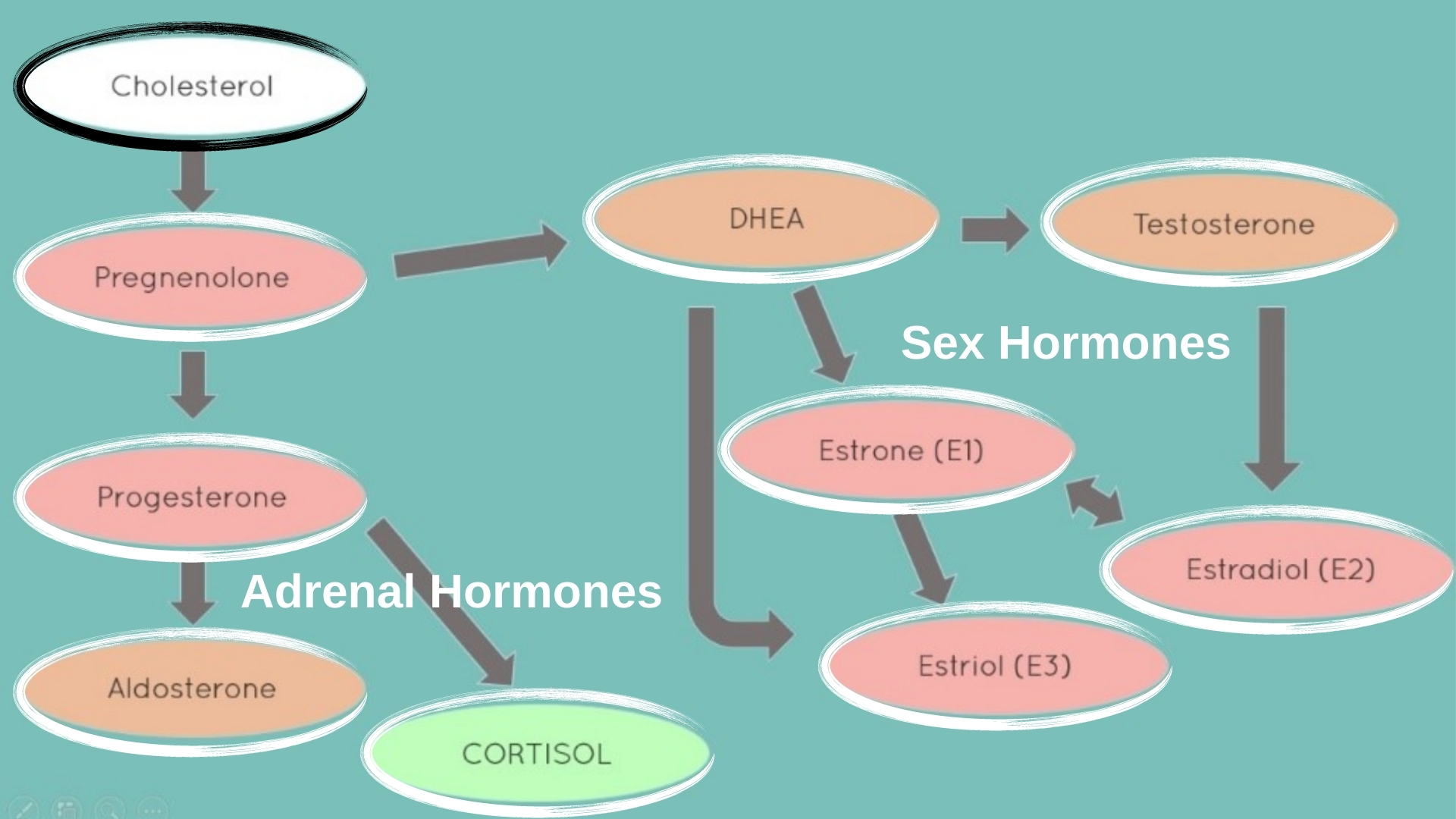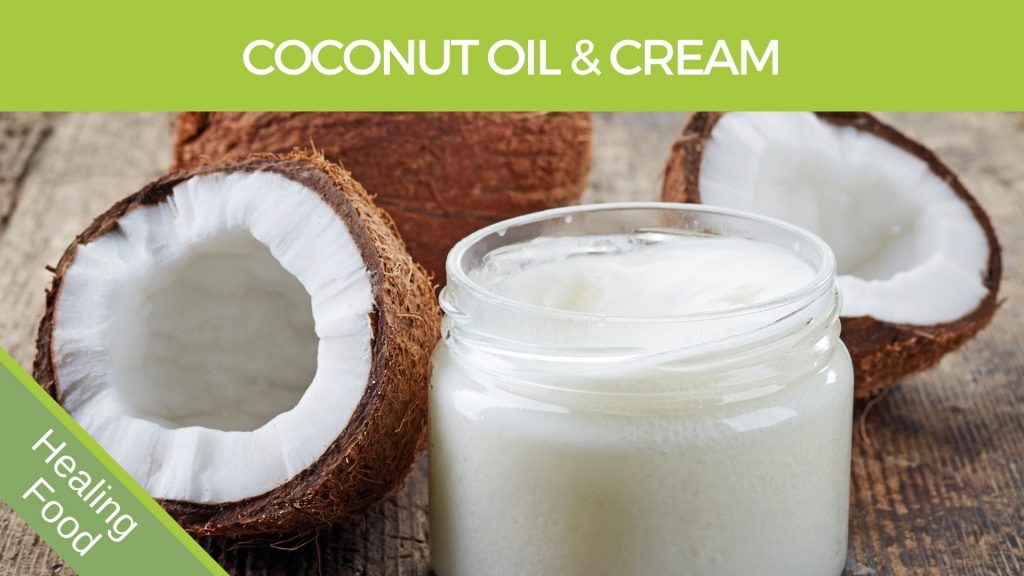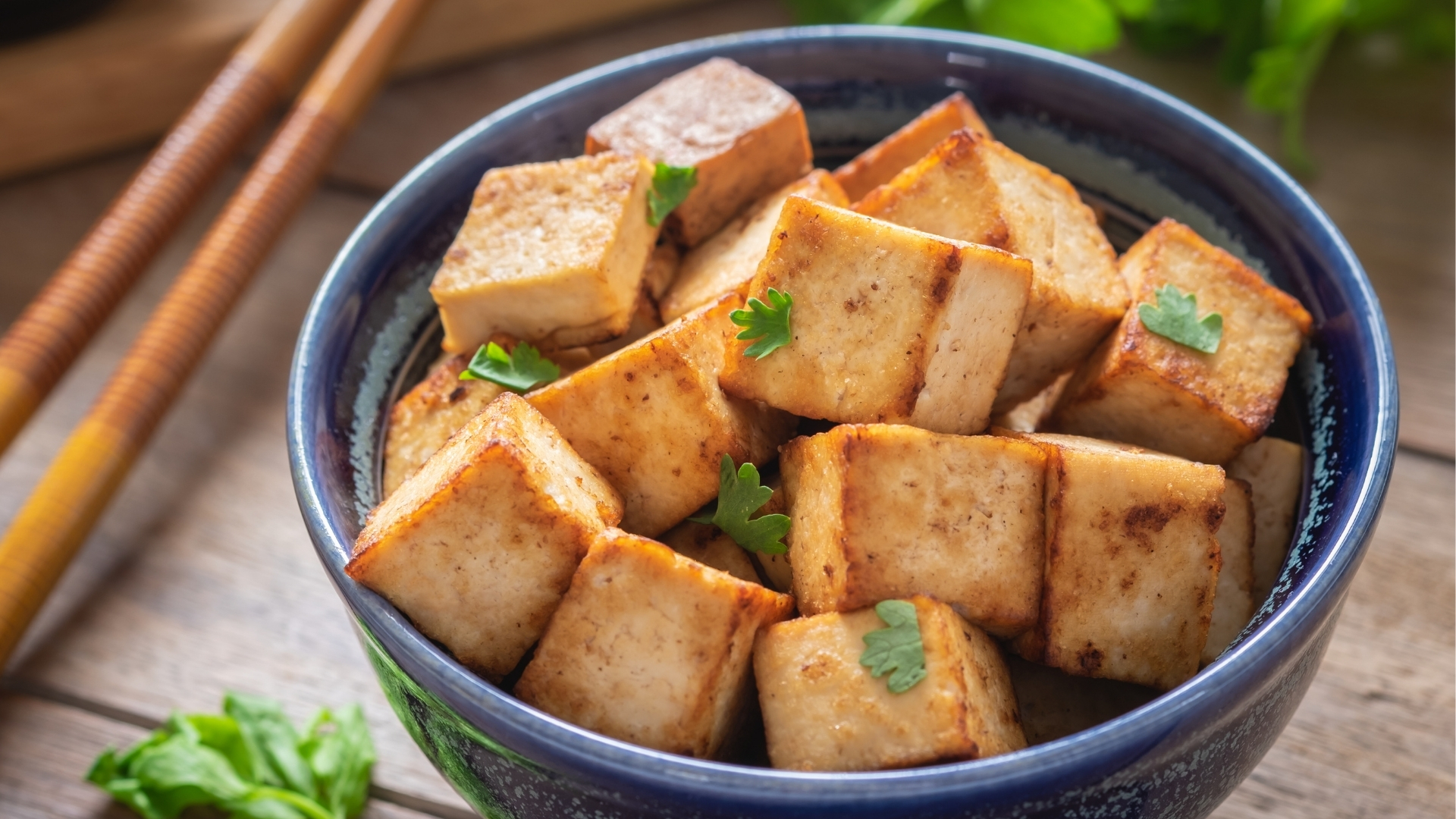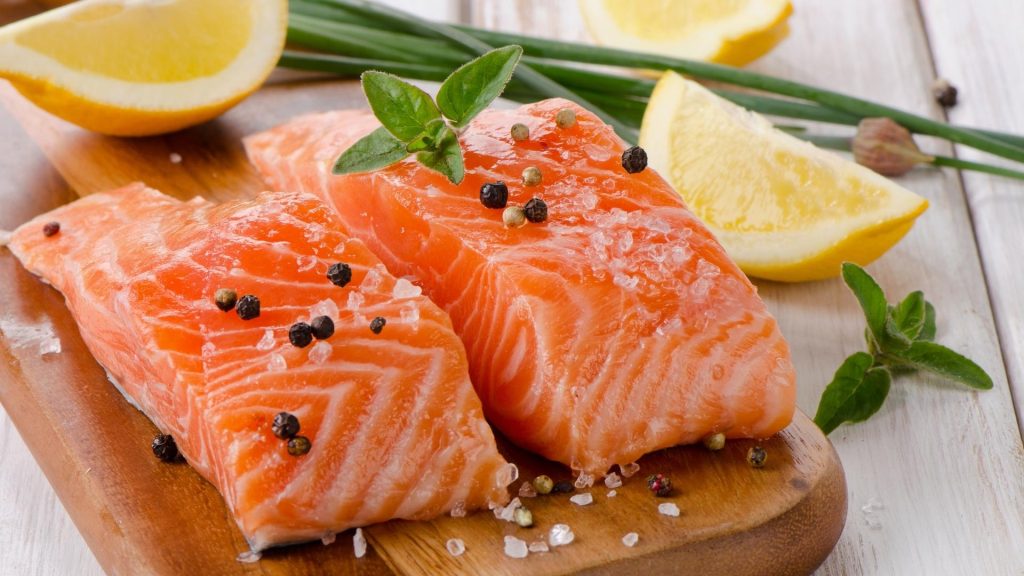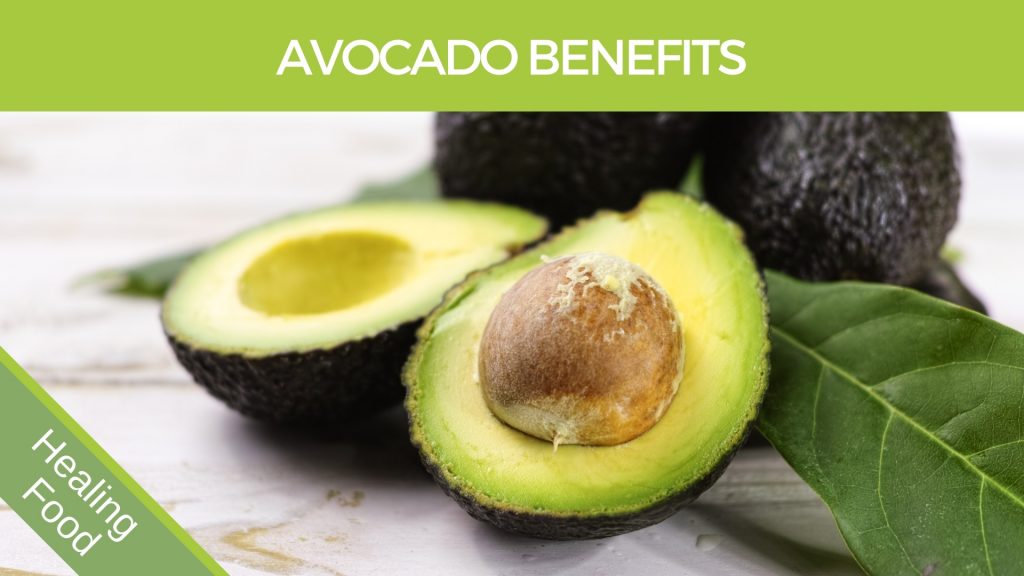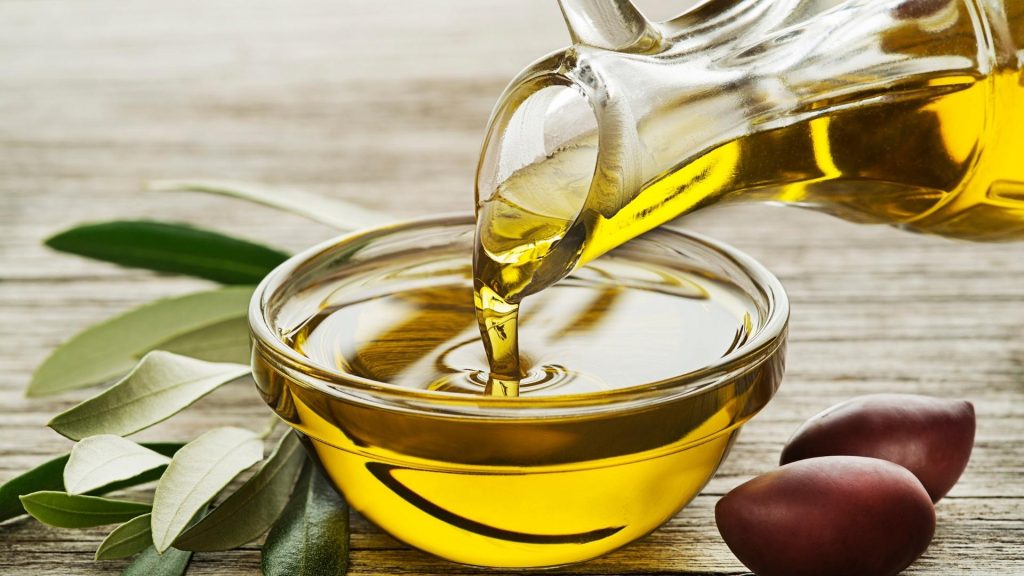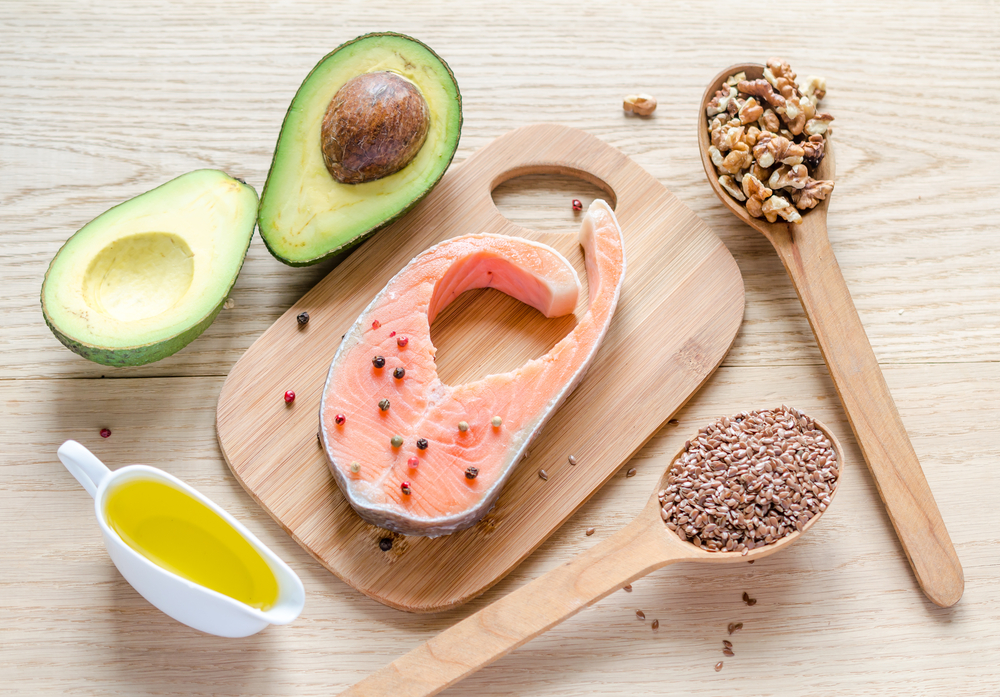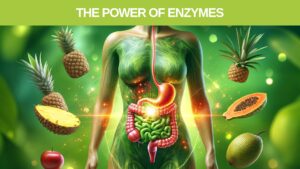- 2 months ago
- 8Minutes
- 1990Words
- 238Views
Dietary fat
Fat is a major source of energy and aids your body in absorbing vitamins. It’s important for proper growth, development, and keeping you healthy. On this page I reveal the top 6 sources of good dietary fats, but before I do let’s look quickly at why fat is so important to your health.
(1) The Effects of Fat and Protein on Glycemic Responses in Nondiabetic Humans Vary with Waist Circumference, Fasting Plasma Insulin, and Dietary Fiber Intake. The Journal of Nutrition. https://academic.oup.com/jn/article/136/10/2506/4746688
(2) Important Derivatives of Cholesterol Include Bile Salts and Steroid Hormones. PUBMED https://www.ncbi.nlm.nih.gov/books/NBK22339/
(3) Trans fats—sources, health risks, and alternative approach – A review. PUBMED https://www.ncbi.nlm.nih.gov/pmc/articles/PMC3551118/
(4) Dietary trans fatty acids and cancer risk. PUBMED https://www.ncbi.nlm.nih.gov/pubmed/21701388
(5) Regular-Fat Dairy and Human Health: A Synopsis of Symposia Presented in Europe and North America (2014-2015). PUBMED https://www.ncbi.nlm.nih.gov/pubmed/27483308
(6) [Milk and dairy products in the prevention and therapy of obesity, type 2 diabetes, and metabolic syndrome]. PUBMED https://www.ncbi.nlm.nih.gov/pubmed/19024947
(7) Increasing dietary palmitic acid decreases fat oxidation and daily energy expenditure. PUBMED https://www.ncbi.nlm.nih.gov/pmc/articles/PMC1314972/
(8) The truth about fats: the good, the bad, and the in-between. Harvard. https://www.health.harvard.edu/staying-healthy/the-truth-about-fats-bad-and-good
(9) Role of Dietary Soy Protein in Obesity. PUBMED https://www.ncbi.nlm.nih.gov/pmc/articles/PMC1838825/
(10) Brain Health Across the Lifespan: A Systematic Review on the Role of Omega-3 Fatty Acid Supplements. PUBMED https://www.ncbi.nlm.nih.gov/pmc/articles/PMC6116096/
(11) Polyphenols and Fish Oils for Improving Metabolic Health: A Revision of the Recent Evidence for Their Combined Nutraceutical Effects. PUBMED https://www.ncbi.nlm.nih.gov/pmc/articles/PMC8122614/
Many people are concerned about being overweight and so they restrict fat in their diet in order to lose weight. But we need to eat a certain amount of fat for our bodies to be able to carry out many important and essential functions. Reducing dietary fat to an unnaturally low level leads to disease and will cause the body to hold onto the fat it has in defense.
It is generally accepted that adding fat and protein to carbohydrate meals reduces blood sugar spikes (glycemic responses) by keeping food in the stomach longer and stimulating insulin secretion. These effects have a number of possible implications for human nutrition, such as supporting the role of high protein or high-fat diets in the management of diabetes. (1)
Fats Required For Hormones
Your body needs good fats for good cholesterol balance, healthy skin, good immune function, hormone production, and hundreds of crucial functions in the body. Insufficient fat intake has been associated with modern-day diseases such as atherosclerosis, heart disease, cancer as well as many skin disorders including psoriasis and eczema.
For example, cholesterol is the precursor of the five major classes of steroid hormones: progestagens, glucocorticoids, mineralocorticoids, androgens, and estrogens. These hormones are powerful signal molecules that regulate a host of bodily functions (2) Going low fat will eventually lead to hormonal insufficiency and stress.
Read the Full article on Cholesterol Here
You can safely reduce the consumption of animal meat fats, without damaging your cholesterol metabolism, but I also recommend completely avoiding hydrogenated oils and margarine, as they contain toxic trans-fatty acids.
Trans-fats
Trans fatty acids have the presence of one or more double bonds in the trans configuration instead of the usual configuration. They are desired by the food industry as they impart firmness to margarine and plasticity as well as emulsion stability to shortenings. Research has proved the direct connection of trans fatty acids with cardiovascular diseases, breast cancer, shortening of pregnancy period, risks of preeclampsia, disorders of nervous system and vision in infants, colon cancer, diabetes, obesity, and allergy. (3)
Studies also show that high dietary trans-fat is associated with an increased risk of various cancers. Thus, a diet low in trans-fat may play a role in the prevention of several cancers. (4)
The Top 6 Source of Good Dietary Fats
When fats are included in a meal, a sensation of fullness is signaled, (satiety factor) so hunger is curbed, which is helpful when seeking weight loss. It is carbohydrates, particularly refined carbohydrates that should be reduced when weight (fat) loss is required because they have a high Glycemic Index (GI) and this increases blood sugar rapidly which leads to weight gain.
The big focus should not be going “low fat” but ongoing “good fat”. Actually, a high-fat diet has shown to be just as effective at inducing weight loss and a low-carb diet.
You are about to find some excellent dietary fat sources.
1. Dairy Products
Recent studies show emerging scientific evidence indicating that the consumption of regular fat dairy foods is not associated with an increased risk of cardiovascular disease and inversely associated with weight gain and the risk of obesity. Dairy foods, including regular-fat milk, cheese, and yogurt, can be important components of an overall healthy dietary pattern. Systematic examination of the effects of dietary patterns that include regular-fat milk, cheese, and yogurt on human health is warranted. (5)
In fact, milk and dairy foods are recommended for patients with obesity, diabetes, hypertension, and Metabolic Syndrome. (6)
Although dairy has proven not too bad, I would suggest focusing on consuming mostly the beneficial fats found in plant foods.
Remember your body needs these fats for healthy cell structure, healthy cholesterol, hormone production, balanced blood sugar, tissue repair, and many other functions.
2. Coconut oil
Coconut oil is the purified fat from the flesh of the coconut having extracted and filtered everything but the pure fat of the coconut. Coconut oil is solid at room temperature but melts at body temperature making it useful as a skin moisturizer and hair treatment. It is also very good for cooking purposes.
Even though coconut product contains saturated fats, they can be seen as good fats, have zero cholesterol, and are well tolerated in general. There is a lot of research going on into the health benefits of coconut oil
3. Soy Products as a source of Good Fat
Soy protein is also associated with fatty acids, saponins, isoflavones, and phospholipids. On a weight/weight basis, fatty acids comprise the largest group of chemicals in the soy protein isolate (SPI) followed by saponins and then isoflavones. Although Soy products such as tofu are also high in protein, the phospholipids present in soy protein may be partly responsible for its weight loss effect. (9)
Part of the antiobesity effect of soy protein may be due to the presence of isoflavones since soy isoflavones have been shown to decrease fat accumulation in certain fat depots in some animal models of obesity. (9) The isoflavones also have the effect of balancing estrogen levels in women which may further contribute to the weight loss effect of Soy food.
4. Fish Oils
Very popular in supplements fish oils are high in Omega 3 oils and are very well known to support healthy brain function and for reducing metabolic disease.
Eicosapentaenoic (EPA) and docosahexaenoic (DHA) acids are essential dietary polyunsaturated fatty acids with numerous health benefits. Habitual intake of fish-derived omega-3 has been reported to be involved in the prevention of several metabolic alterations and diseases, including autoimmune disorders, MetS, diabetes, CVD, neurodegenerative diseases, cancer, and others. (11)
An expanse of research has also investigated the effects of omega fatty acids in relation to brain health, and multiple studies indicate that omega fatty acids can protect against neurodegeneration (nerve deterioration) in older adults. (10)
Check out my Salmon and Asparagus Recipe Here
5. Avocado
The avocado oil consists of 71% monounsaturated fatty acids (MUFA), 13% polyunsaturated fatty acids (PUFA), and 16% saturated fatty acids (SFA), which helps to promote healthy blood lipid profiles and enhance the bioavailability of fat-soluble vitamins and phytochemicals.
The combination of good fats in avocado fits perfectly with its traditional use for inflammatory conditions along with those related to metabolic disease including blood pressure, cholesterol, and diabetes issues.
I suggest eating avocado freely as part of your diet.
Read more about the Health Benefits of Avocado
6. Polyunsaturated and Monounsaturated Oils
Monounsaturated fats. When you dip your bread in olive oil at an Italian restaurant, you’re getting mostly monounsaturated fat. Monounsaturated fats have a single carbon-to-carbon double bond. The result is that it has two fewer hydrogen atoms than saturated fat and a bend at the double bond. This structure keeps monounsaturated fats liquid at room temperature. (8)
Choose only oils that say ‘cold pressed’ on the label such as olive, flaxseed, and avocado. Eat cold-water fish such as trout, salmon, and cod for their anti-inflammatory omega 3. Also include nuts, linseeds, avocado, and some un-homogenized dairy in your diet.
The Mediterranean diet is very high in olive oil as a source of fat. The Mediterranean diet is low in saturated fatty acids (7–8% of energy) yet moderately high in fat (25–35% of energy), and that fat source consists primarily of olive oil. Studies have shown that humans or animals ingesting diets enriched with polyunsaturated and monounsaturated exhibit higher total fat burning and energy expenditure. One study involving 43 adults concluded that changing to a Mediterranean-type fat pattern resulted in increased fat oxidation. (7)
When you pour liquid cooking oil into a pan, there’s a good chance you’re using polyunsaturated fat. Corn oil, sunflower oil, and safflower oil are common examples. Polyunsaturated fats are essential fats. That means they’re required for normal body functions but your body can’t make them. So you must get them from food. (8)
A polyunsaturated fat has two or more double bonds in its carbon chain. There are two main types of polyunsaturated fats: omega-3 fatty acids and omega-6 fatty acids. The numbers refer to the distance between the beginning of the carbon chain and the first double bond. Both types offer health benefits.
Eating polyunsaturated fats in place of saturated fats or highly refined carbohydrates reduces harmful LDL cholesterol and improves the cholesterol profile. It also lowers triglycerides. Good sources of omega-3 fatty acids include fatty fish such as salmon, mackerel, and sardines, flaxseeds, walnuts, canola oil, and dehydrogenated soybean oil. (8)
The big point I want to make is this, If you want to control your weight, DON’T go low fat! Go GOOD FAT!
Check out these recipes.
Avocado, Broccoli & Cucumber Salad
Zucchini, Broccoli & Ginger Soup
Indian Style Cauliflower Curry
Salmon & Asparagus with Caper Sauce

